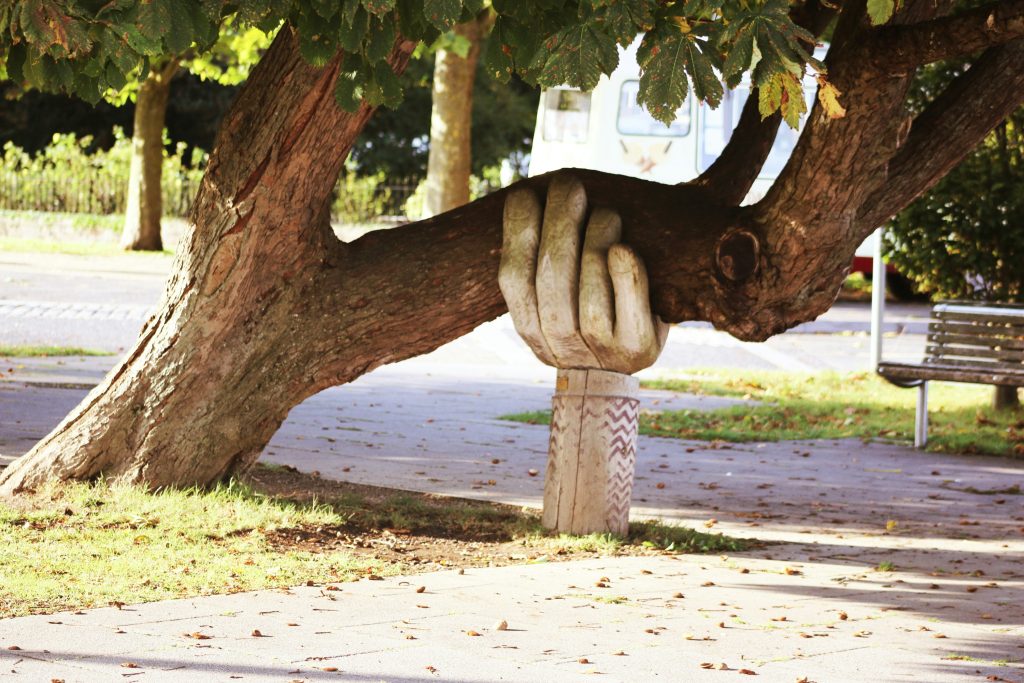
COLLABORATION
TRANSPARENCY
& IMPACT

Maximize impact, unite knowledge and
collaboration in philanthropy for a
powerful societal impact
This focus area includes formal educational institutions, informal education systems, dropouts and youth at risk, special education, yeshivas, and seminaries.
By the numbers
- 2,419,000 students in Israeli education aged from 3-18
- 20% (approximately 475,000 students), enrolled in Charedi educational institutions
- 35% is the proportion of Charedi students expected by 2048
- 7,500 Charedi educational institutions serve around 265,000 elementary school students, 110,000 high school students, and 100,000 preschool children
Current Landscape
- Around 3.5 % of Charedi educational institutions are run by the state. The rest are run by private associations with loose supervision and are differentially budgeted by the state, philanthropy, local authorities, and parental payments
- Charedi education is gender-segregated from kindergarten age. The education tracks for boys and girls are separate and each have their own distinct systems and pedagogy
Challenges
- The growing volume of students may pose challenges in managing, budgeting, and maintaining the quality of the Charedi education system
- Preparing boys for the employment market is an ongoing challenge for the Charedi education system

Education

Civic
Responsibility
This focus area includes national service, service in the Israel Defense Forces, volunteer efforts, and internal philanthropy.
By the numbers
- 40% of Charedim were engaged in voluntary activity in the past year, compared to 23% of non-Charedim
- 14% of Charedi boys enlisted in the army or national service after graduation, compared to 86% in non-Charedi society
Current Landscape
- A high proportion of Charedim aged 20+ donate to charity, (compared to only a small percentage of non-Orthodox Jewish Israelis)
- Civic responsibility efforts have been growing as a result of events like October 7th
Challenges
- Utilizing civil society building initiatives to break down the walls between Charedi and mainstream Israeli society, and promote mutual development
This focus area includes support service provision for vulnerable populations and training for service providers.
By the numbers
- About 43% of Israel’s Charedi population lives in poverty, compared to 11% of the wider population
- 26% of Charedi children suffer from food insecurity, compared to 13% of the wider child population
- As of 2021, a Charedi household’s average gross monthly income was 55% lower than that of a non-Charedi Jewish household’s gross income (14,978 NIS versus 22,047 NIS)
Current Landscape
- The standard of living in Charedi households is lower than that of the general population because of the typically large families living off lower incomes. Many depend on a single breadwinner, and there are largely more limited job opportunities, low-income occupations, and a reduced use of capital and pension funds in the sector.
- Charedi society supplements welfare support from the State of Israel in the form of an extensive community assistance system, including providing food and clothing, a ‘Gmachim’ (lending) system, and economic counseling.
Challenges
- Adapting state welfare services to meet the Charedi population’s particular needs

Welfare

Mesorah
This focus area includes Torah learning in yeshivas, seminaries, and other programs.
By the numbers
- As of 2022, the Charedi full-time Torah learning community includes about 42,000 yeshiva students (ages 17 to marriage) and about 100,000 avrechim, (married men who continue to learn in the yeshiva kollel full-time)
Current Landscape
- Torah study is considered mandatory for Charedi men until at least age 26, after which they can choose to continue in the kollel or join the workforce. Currently close to 50% choose to stay in full-time learning
- The flourishing of mesorah in Israel is a remarkable turnaround from the near destruction of Torah scholarship during the Holocaust
Challenges
- It is becoming more challenging to foster and sustain Torah excellence now that yeshiva learning is a focus for the wider Charedi public, rather than being reserved for an elite few
- As the Charedi demographic continues to grow, the full-term learning model leads to macroeconomic and social challenges which also affect wider Israeli society
This focus area includes employment and job-training initiatives.
By the Numbers
- As of 2022, 80% of Charedi women and 52% of Charedi men are active in the Israeli labor market
- This represents a significant increase from 2000, when only 50% of Charedi women and 32% of Charedi men were employed
Current Landscape
- Part-time and lower-paying jobs are more common in Charedi populations than among the mainstream workforce. This leads to lower incomes and standards of living
- Despite extensive government and philanthropic investment in recent years, employment growth in the Charedi sector has stagnated
Challenges
- Providing professional training tailored to the age that Charedi men enter the labor market
- Expanding Charedi participation in the workforce
- Ensuring that the Charedi population is not left behind and that everyone has equal opportunities to thrive in the labor market

Employment

This focus area includes health and mental health service provision and personnel training.
By the numbers
- Charedim in Israel are a rapidly growing community, with an annual average growth rate of 4.2% compared to the general population’s 1.9%
- 60% of the population is under 18 and it has an average age of 16, compared to the average age of 35 in general society
Current Landscape
- The Charedi community has developed an intra-community medical center that distributes medicines and lends medical equipment, and even established a community-based home hospitalization system during the Corona crisis. This system often collaborates with the state health system and sometimes replaces it
Challenges
- Providing health services adapted to social needs and the characteristics of different age groups
- Mental health service provision and uptake can be particularly challenging in the Charedi community. This relates to the potential for culture clash during treatments, the stigma around therapy, and concerns about confidentiality in tight-knit communities where the therapist may be known to them


